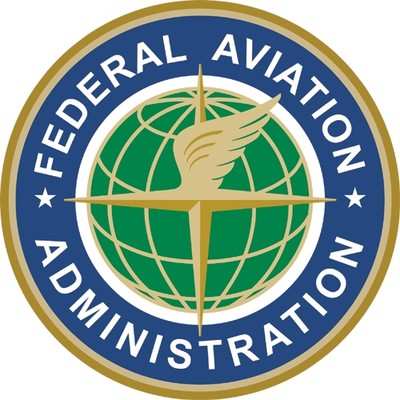Wed, Mar 15, 2017
Agency Says An Equivalency Determination Must Be Made If Substitutions Are Made In Materials
The replacement of safety belt (seat berth and shoulder harness) webbing material, frequently referred to as “re-webbing,” has become a common industry practice in order to replace defective, damaged, worn, or soiled belt material. This is an acceptable practice when properly accomplished by authorized persons using appropriate materials and data. However, re-webbing of a seat belt that is used on a dynamic seating system poses unique challenges if the Original Equipment Manufacturer (OEM) data and materials are not used.

An Information for Operators (InFO) recently published by the FAA points out that if any materials are substituted for the original, then there should be an equivalency determination made. Demonstrating that a seat belt, which was not repaired using the original materials and data from the manufacturer, still complies with the airworthiness standards for a dynamic seat assembly, will likely require extensive dynamic testing and/or analysis that could be cost prohibitive. This is because a seat belt is an integral part of a particular seat assembly which has unique design and performance attributes. Seat belts used in dynamic seating systems have even more stringent design and performance requirements that must be met per the dynamic seat regulations in 14 CFR part 23 § 23.562; part 25 § 25.562; part 27 § 27.562 and part 29 § 29.562 (commonly referred to as 2X.562).
In order for the aircraft to remain airworthy, the seat assembly installed must, per § 43.13, have been maintained (installation of a replacement seat belt) in such a way as to make it at least equal to its original condition. In this case the seat belt can be either a new seat belt properly identified by the manufacturer as being eligible for installation or it can be a repaired seat belt. However, if a repaired seat belt is used, it must have been repaired in such a way that assures that the performance of the seat assembly still meets the regulatory requirements of part 43. Proper repair can’t be established by simply substantiating that the repaired belt meets the same TSO as the original belt.
Repairs to seat belts will typically be considered major repairs and will therefore require Federal Aviation Administration (FAA) approved data for the repair process. The FAA is in the process of carefully reviewing existing approved repair data, such as repair specifications, as well as carefully scrutinizing any newly submitted repair data for appropriateness and conformity to the required performance criteria.
Previously approved seat belt repairs may not have ensured compliance to the overall aircraft airworthiness requirements. Therefore, maintenance providers should ensure that any seat belts that are being installed have been repaired using materials and data that were substantiated for the use on the specific seats they are being installed on. If the seat belt is being installed on a dynamic seat assembly, ensure that the repair data being used has been supported by the proper testing and/or analysis to show that the specific requirements for that dynamic seat assembly have been met.
More News
Terminal Radar Service Area Airspace surrounding designated airports wherein ATC provides radar vectoring, sequencing, and separation on a full-time basis for all IFR and participa>[...]
Very High Frequency (VHF) The frequency band between 30 and 300 MHz. Portions of this band, 108 to 118 MHz, are used for certain NAVAIDs; 118 to 136 MHz are used for civil air/grou>[...]
“From approximately November 2021 through January 2022, Britton-Harr, acting on behalf of AeroVanti, entered into lease-purchase agreements for five Piaggio-manufactured airc>[...]
Also: Virtual FLRAA Prototype, IFR-Capable Autonomous A/C, NS-32 Crew, Golden Dome Missile Defense Bombardier announced that the first production Global 8000 successfully completed>[...]
Aero Linx: The 1-26 Association (Schweizer) The Association’s goal is to foster the helpfulness, the camaraderie, and the opportunity for head-to-head competition that is fou>[...]
 ANN's Daily Aero-Term (05.29.25): Terminal Radar Service Area
ANN's Daily Aero-Term (05.29.25): Terminal Radar Service Area ANN's Daily Aero-Term (05.30.25): Very High Frequency (VHF)
ANN's Daily Aero-Term (05.30.25): Very High Frequency (VHF) Aero-News: Quote of the Day (05.30.25)
Aero-News: Quote of the Day (05.30.25) Airborne 05.23.25: Global 8000, Qatar B747 Accepted, Aviation Merit Badge
Airborne 05.23.25: Global 8000, Qatar B747 Accepted, Aviation Merit Badge ANN's Daily Aero-Linx (05.30.25)
ANN's Daily Aero-Linx (05.30.25)



